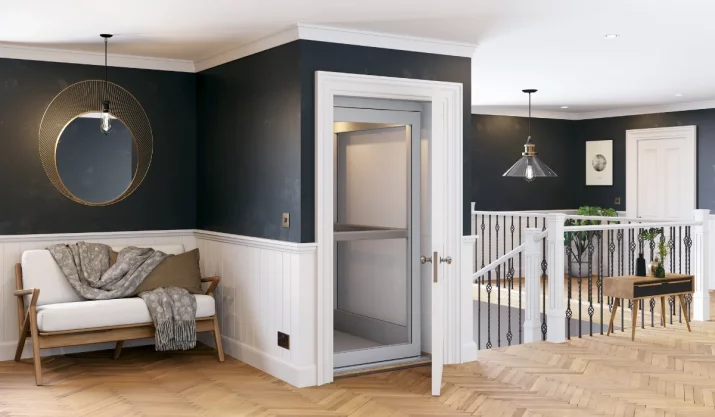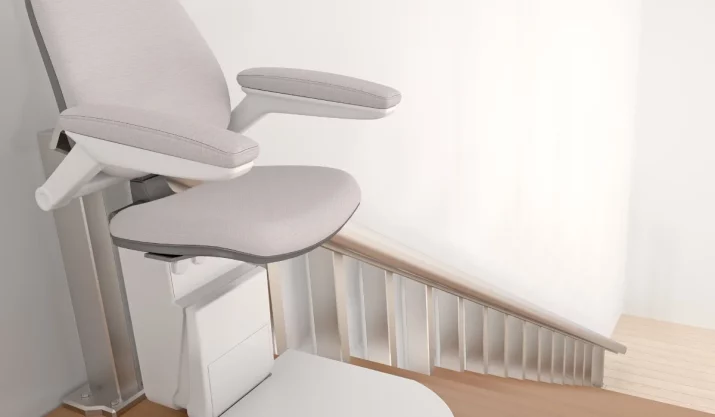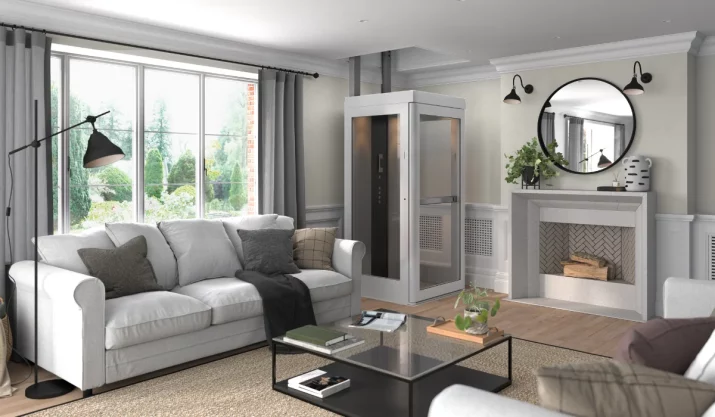How to Choose the Best Elevator for Your Home

Table of Contents
Adding a residential elevator can make your home easier to live in, especially if stairs are becoming a challenge. Whether you’re planning to age in place, have a family member with disabilities, or simply want more convenience, the right in-home elevator can make a big difference.
Here’s how to choose the best home elevators based on your space, needs, and budget.
Key Takeaways
- A home elevator is helpful if you want to avoid stairs, plan ahead, or improve daily access.
- Small homes can use space-saving elevators that do not need a hoistway or a separate machine room.
- Every elevator type comes with trade-offs in size, noise, cost, and how much work is needed to install.
- Total cost includes the elevator, customization, safety features, installation, and long-term care like warranty and service.
Know Why You Want a Home Elevator
Start with your reason.
Are you replacing a stair lift, planning a more accessible new home, or just looking for a way to carry groceries and laundry between floors more easily?
Knowing your “why” helps you pick the right type of elevator and the right features—like weight capacity, safety features, or whether you need a space-saving model.
If you’re mainly focused on making life easier day to day, a simple platform lift or shaftless home elevator might do the trick.
If you’re preparing for the future or dealing with mobility needs, something more durable and enclosed might be better.
Look at Your Home’s Size and Layout
Next, think about how much space you have.
Some types of residential elevators—like hydraulic elevators—need a hoistway, a separate machine room, and extra square feet. That might not work in every home.
But options like machine room-less (MRL) elevators or pneumatic vacuum elevators need less space and are easier to install in homes with limited space.
If you’re adding an elevator to an older home, this is called retrofitting.
Some elevator models are made just for that. Stiltz is a popular brand that offers good options for small homes or remodels.
Compare the Types of Home Elevators
There are a few common types of home elevators. Each has pros and cons, depending on your needs.
- Hydraulic elevators are strong and can handle more weight, but they often need a machine room and more space.
- Traction elevators are energy-efficient types that use a counterweight, pulleys, and an electric motor.
- Winding drum elevators are budget-friendly and take up less space, but can be louder and wear out faster.
- Pneumatic vacuum elevators move using air pressure and don’t need a hoistway, which makes them great for retrofitting.
These elevator systems come in different configurations and drive systems, so think about what fits best in your home.
Plan for Installation
Home elevator installation can be simple or complex, depending on your home.
If you’re building a new home, you can plan the space and layout for any elevator you want. If you’re retrofitting, you’ll need to work with your elevator company to find a model that works with the space you already have.
Keep this in mind when thinking about time, budget, and how long your home will be under construction.
Think About How It Looks
You don’t have to settle for a plain elevator. Many elevator models come with customizable features. You can choose the look of the elevator cab, lighting, flooring, and even whether it has glass walls or a sleek metal finish.
If you care about design, different brands offer options that blend in with your home or stand out as a design feature.
Know the Cost
Home elevator cost can range from $20,000 to $50,000 or more, depending on the type of elevator, how much work is needed to install it, and how customizable it is. If you’re choosing a high-end model with glass and special finishes, expect to pay more.
Also consider long-term costs.
Will you need regular maintenance?
What’s covered under the warranty?
Some systems are cheaper up front but cost more to maintain. A good elevator company should walk you through all the costs before you decide.
Focus on Safety
If you’re installing an elevator for someone with disabilities or for your future needs, safety features are a must. Look for models with emergency stop buttons, backup power, sensors that stop the elevator if something is in the way, and easy-to-use controls.
Make sure your elevator meets local safety standards in California. Your installer should take care of permits and inspections as part of the home elevator installation.
Ready to Add an Elevator to Your Own Home?
At California Mobility, we help homeowners find the right elevator for their own home—whether it’s a custom elevator for a new build or a space-saving model for a smaller retrofit.
We install all major types of home elevators, including pneumatic vacuum elevators, hydraulic elevators, and machine room-less systems. We also work with trusted brands, so you get reliable products that match your needs, style, and budget.
Call us today for a free consultation.
We’ll walk you through your options and help you choose the elevator that fits your life.








